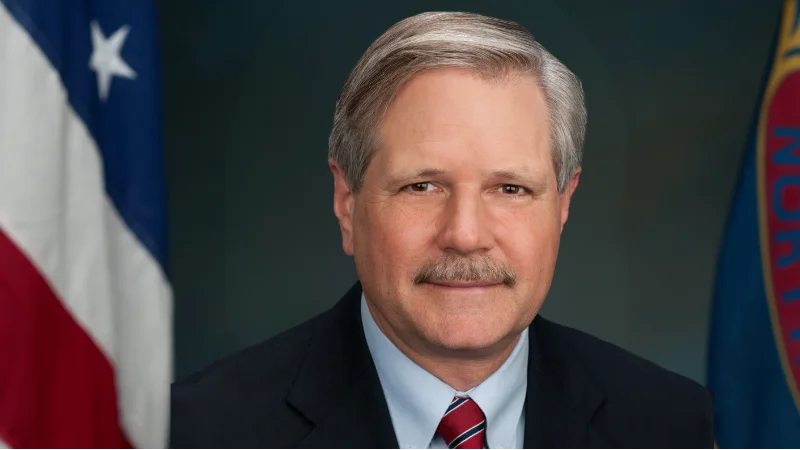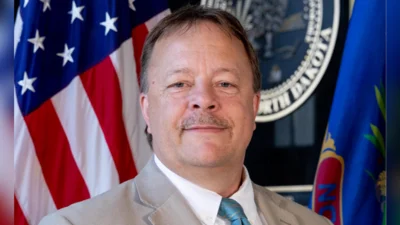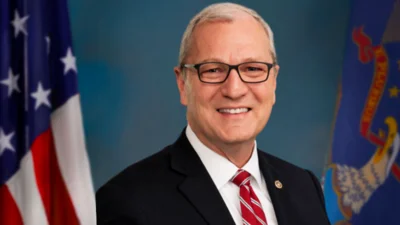Senator John Hoeven, U.S. Senator of North Dakota | Senator John Hoeven Official website
Senator John Hoeven, U.S. Senator of North Dakota | Senator John Hoeven Official website
U.S. Senator John Hoeven has announced the formal implementation of North Dakota’s coal ash recycling and disposal program, following an agreement signed by Governor Kelly Armstrong and U.S. Environmental Protection Agency (EPA) Administrator Lee Zeldin. The initiative stems from bipartisan legislation authored by Hoeven in 2016. The legislation was a response to a 2014 EPA rule that classified coal ash as non-hazardous but did not provide an effective enforcement mechanism, which complicated recycling efforts and increased costs for coal producers.
The new state-led program aims to offer greater certainty for the recycling and safe disposal of coal ash. According to Senator Hoeven, “We created this state-led program through my legislation passed in 2016 to help give a more stable footing to coal producers, providing efficient, cost-effective methods for recycling and disposing of coal ash.” He added, “We appreciate Governor Armstrong and Administrator Zeldin for their work to finalize and approve North Dakota’s program. This state-led approach means lower costs and more regulatory certainty, benefiting both the environment and our economy – a win-win for U.S. energy dominance. This is part of our work to maintain access to the reliable, affordable baseload power provided by coal that is available 24/7, no matter the weather.”
The program will enable the productive use of coal residuals in industries such as construction, where recycled coal ash can serve as a component in cement that is less expensive, stronger, and more durable. Coal ash has previously been used in major projects like the North Dakota Heritage Center and the National Energy Center of Excellence at Bismarck State College.
Additionally, the program establishes an enforceable permit system managed by the state for disposing of coal ash. This includes requirements for protective infrastructure at disposal sites as well as regular groundwater monitoring. States that do not set up their own permit programs or fail to secure EPA approval will remain under direct EPA regulation.





 Alerts Sign-up
Alerts Sign-up